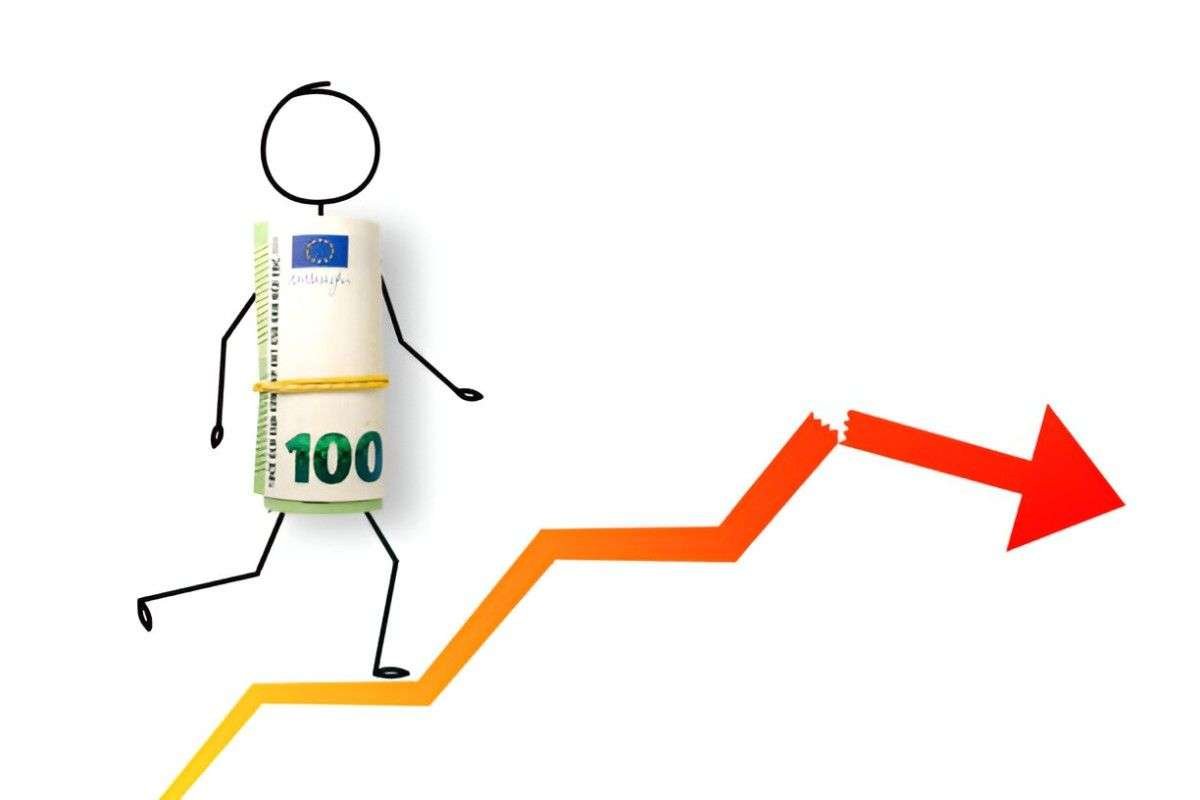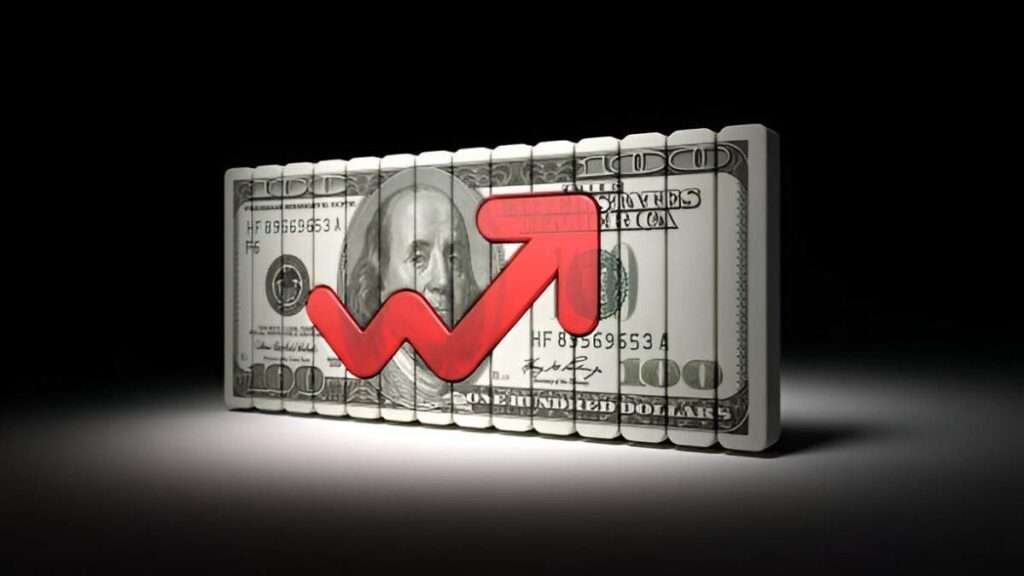Introduction
Forex trading attracts individuals who seek financial independence, portfolio diversification, or an alternative source of income. Before engaging in live trading, a forex trading demo account serves as an essential tool to understand the mechanics of the forex market without financial risk. In this article, I will explore forex demo trading comprehensively, covering its advantages, limitations, strategies, and key considerations for transitioning to live trading.
Table of Contents
Understanding a Forex Trading Demo Account
A forex demo account simulates a real trading environment, allowing traders to place trades using virtual funds. This provides an opportunity to test strategies, familiarize oneself with the trading platform, and gain confidence before trading with real money.
Key Features of a Demo Account
| Feature | Description |
|---|---|
| Virtual Funds | No real money is at stake, making it risk-free. |
| Real-Time Market Data | Simulates real trading conditions with live price feeds. |
| Trading Platform Access | Allows users to explore tools and functionalities. |
| Order Execution | Provides experience in placing market, limit, and stop orders. |
| Leverage Simulation | Demonstrates how leverage affects trade outcomes. |
| Technical and Fundamental Analysis Tools | Offers charting, indicators, and news feeds. |
Advantages of a Forex Demo Account
1. Risk-Free Learning
Since a demo account uses virtual funds, there is no financial loss. This makes it an ideal learning tool for beginners.
2. Understanding Market Mechanics
I use a demo account to observe how currency pairs move in response to economic events, central bank policies, and geopolitical developments.
3. Testing Trading Strategies
A demo account allows traders to backtest strategies without consequences. For instance, if I were testing a breakout strategy on EUR/USD, I could execute trades in a demo environment before committing real funds.
4. Platform Familiarization
Trading platforms like MetaTrader 4 (MT4), MetaTrader 5 (MT5), and cTrader have varying interfaces. A demo account enables me to understand order placement, risk management tools, and charting features before trading live.
Limitations of a Demo Account
1. Lack of Emotional Involvement
Since no real money is at stake, the psychological impact of trading is absent. Live trading involves emotions like fear and greed, which are crucial in decision-making.
2. Slippage and Execution Differences
Demo accounts may not reflect real-market conditions accurately. In live trading, spreads widen during volatile events, and orders may experience slippage, which is not always simulated in demo trading.
3. Unrealistic Trading Behavior
Without real financial risk, I might take trades that I would not execute in a live account, leading to unrealistic expectations.
Transitioning from a Demo to a Live Account
The transition from demo to live trading requires strategic adjustments. Here are steps I take to ensure a smooth transition:
1. Treat the Demo as a Real Account
I practice trading with the same capital I intend to use in a live account. If I plan to trade with $1,000, I set my demo account balance accordingly.
2. Implement a Risk Management Strategy
I follow proper risk management techniques, such as the 1% rule, which limits my risk per trade to 1% of my total capital.
Example: Risk Calculation
If my account balance is $10,000 and I risk 1% per trade:
\text{Risk per trade} = 10,000 \times 0.01 = 100I then set my stop loss accordingly to ensure I do not lose more than $100 per trade.
3. Simulate Live Trading Conditions
I trade under the same timeframes, strategies, and risk parameters as I would in a real account.
4. Start with a Small Live Account
Once confident in my demo trading performance, I open a micro or mini live account to gradually adapt to real-market conditions.
Comparing Demo vs. Live Trading
| Aspect | Demo Trading | Live Trading |
|---|---|---|
| Risk | None (virtual funds) | Real financial risk |
| Emotion | Minimal | High (fear, greed) |
| Order Execution | Instant execution | Possible slippage |
| Market Conditions | Simulated | Real-time with liquidity shifts |
| Spreads | Fixed or variable | Affected by volatility |
Common Mistakes in Forex Demo Trading
1. Overtrading
Since there is no financial risk, I might place excessive trades without considering risk-reward ratios.
2. Ignoring Risk Management
Some traders ignore stop-loss orders in demo trading, which leads to poor risk management habits.
3. Not Tracking Performance
Without reviewing my trades, I miss opportunities to refine my strategies. Keeping a trading journal helps me analyze my progress.
Conclusion
A forex demo account serves as an invaluable tool for learning and strategy development. However, its effectiveness depends on how realistically I approach it. By treating a demo account as a live one, implementing proper risk management, and gradually transitioning to live trading, I can enhance my chances of success in the forex market.
Whether a beginner or an experienced trader testing new strategies, a demo account remains a foundational step in mastering forex trading. By leveraging this tool effectively, I develop confidence, discipline, and the necessary skills to navigate the complexities of live forex trading.





